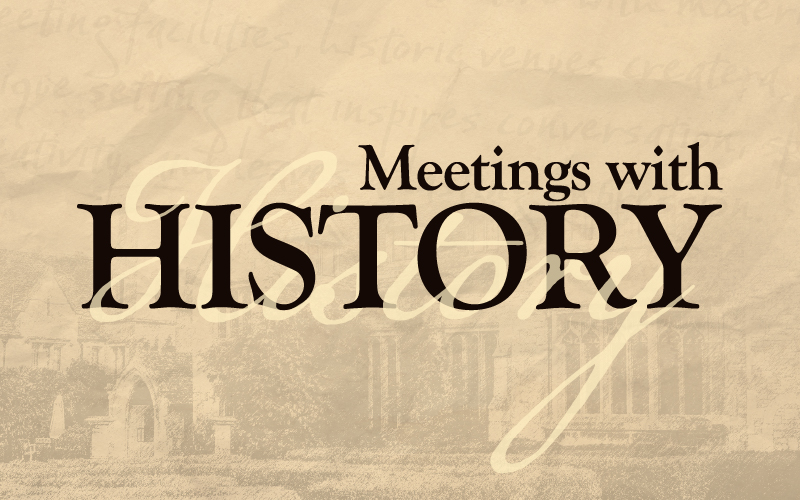Step inside venues where every wall has a story to tell. From grand estates to centuries-old halls, these historic
spaces offer more than just a backdrop. They provide a connection to the past. Blending timeless architecture with modern meeting facilities, historic venues create a unique setting that inspires conversation, sparks creativity, and leaves a lasting impression. Discover your next venue for a meeting with history.
Ellenborough Park Hotel
Steeped in history and set within 90 acres of glorious grounds, the Ellenborough Park estate is nestled between the Cotswolds’ highest point and the gallops of Cheltenham Racecourse.
Historical records trace the site back to 899 AD, when the Bishop of Hereford built a large manor house on the outskirts of what is now Cheltenham Racecourse. Later, the estate passed into the hands of Queen Elizabeth I, adding royal prestige to their heritage.
By 1485, tenant farmer Thomas Goodman began constructing the current house. He transported stone and timber from his home in nearby Southam by horse and cart, building the foundations block by block.
Over the centuries, the estate has changed hands many times. It welcomed noble families, lords, and governors and even hosted King George III in 1788. In the 20th century, the building became Oriel High School for Girls. Then later operated as the De La Bere Hotel under various management teams until its closure in 2008.
Following a complete refurbishment, Ellenborough Park reopened in 2011. Today, it’s quickly becoming one of the Cotswolds’ most cherished destinations for country retreats, unforgettable events, and expertly executed conferences.

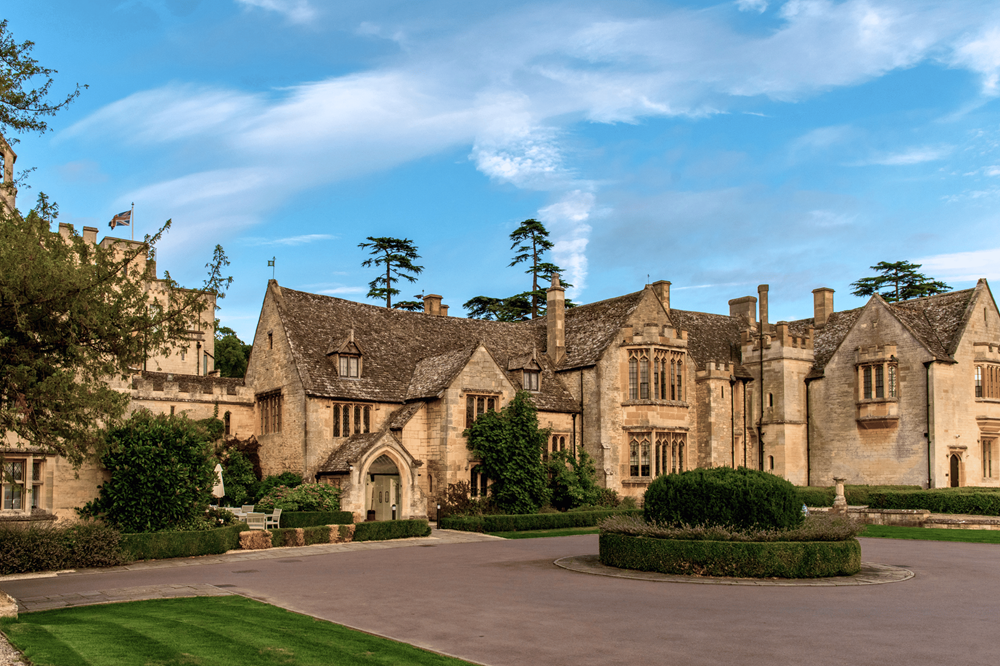

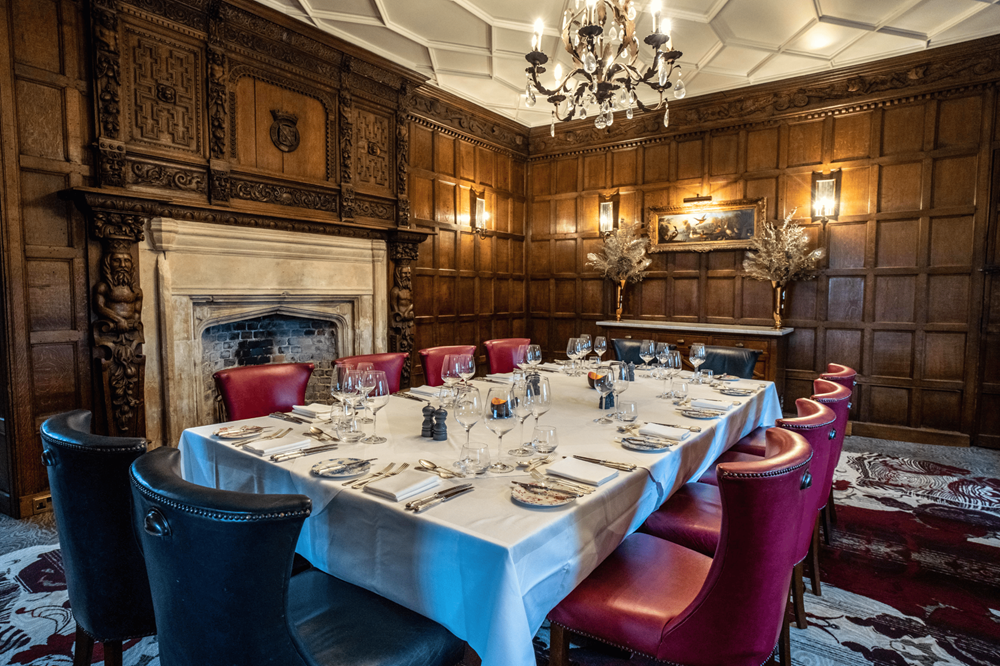
60 Great Queen Street
60 Great Queen Street is a Grade II* listed venue and is a masterpiece of timeless elegance. It showcases breathtaking architecture and opulent interiors. Here’s the story behind one of London’s most iconic event destinations.
Since 1775, 60 Great Queen Street has been a gathering place for Freemasons, an institution with roots in stonemasonry, where early members were skilled in building and geometry. Over time, it evolved into an inclusive society renowned for travel, knowledge sharing, and fraternity.
Later in 1933, the current building was completed as a monument to those who lost their lives in World War I. Originally, it was named the Masonic Peace Memorial. Remarkably, the entire project was funded by Freemason Lodges across the country, a powerful testament to the fraternity’s unity and commitment.
From the awe-inspiring mosaic ceilings of the Grand Temple to the intimate charm of its smaller spaces, every corner of this historic landmark reflects grandeur and heritage.
Today, nestled in the heart of Covent Garden, this striking Art Deco masterpiece offers 10 versatile spaces. They can accommodate everything from intimate gatherings of 40 to large-scale events of up to 1,350 guests.

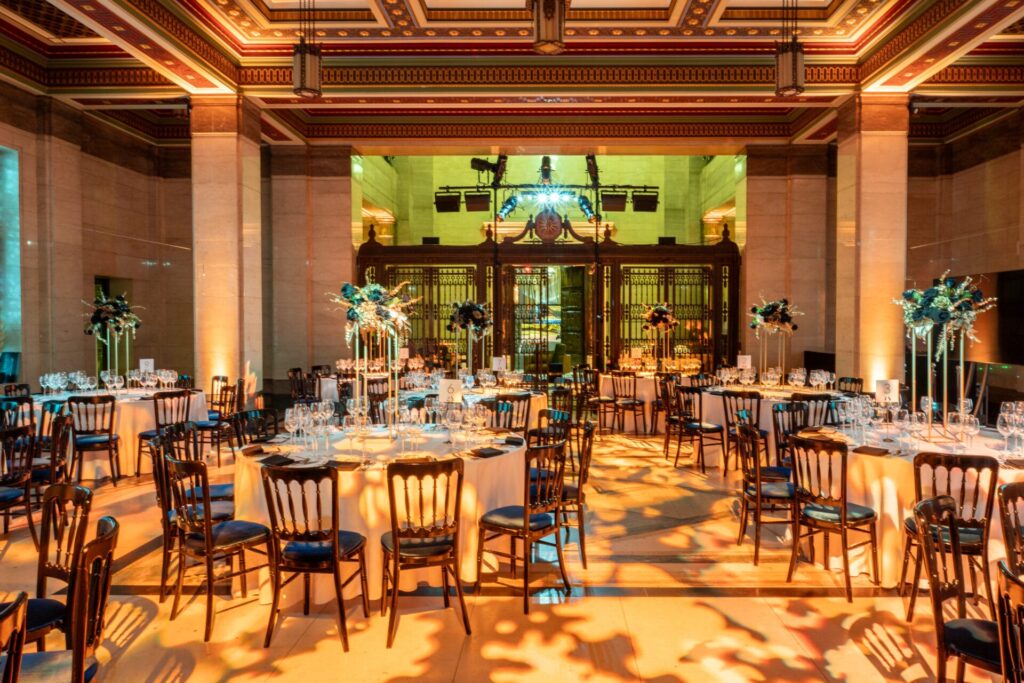


Best Western Plus Mosborough Hall Hotel
The earliest records of Mosborough Hall date back to 1180. Owned by the High Sheriff of Yorkshire under the reign of Henry II.
Over the following centuries, it passed through the hands of various Lords of the Manor until 1420, when it was won in a trial of arms at Smithfield. The victorious knight, Robert Carey, was granted the Manor of Eckington and Mosborough.
The history of Mosborough Hall features names that many will recognise, including Henry VIII, sisters Mary and Anne Boleyn, Queen Elizabeth I, and Lord Hunsden. In 1671, the then-owner Joseph Stone built a 110-foot brewery house on the estate. It’s thought to have been the beginning of Stones Brewery of Sheffield, which later became part of Bass Brewery.
Today, Mosborough Hall Hotel blends charm, tradition, and history with modern sophistication to create a unique and memorable setting for meetings and events. The hotel offers five function rooms, accommodating up to 250 guests.
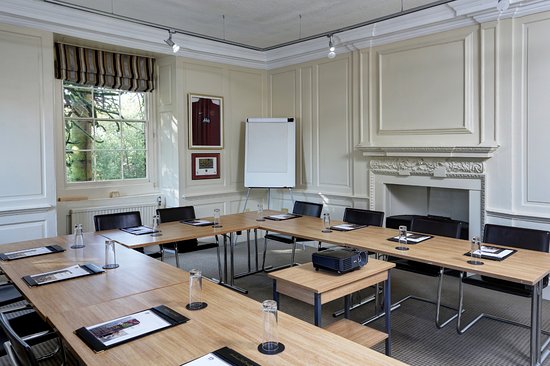
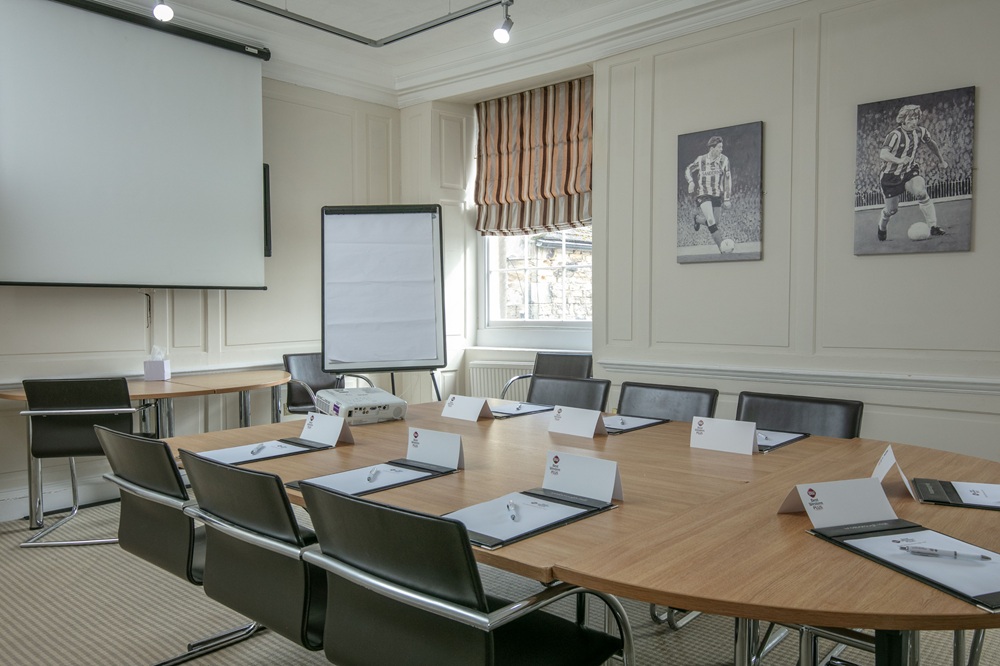

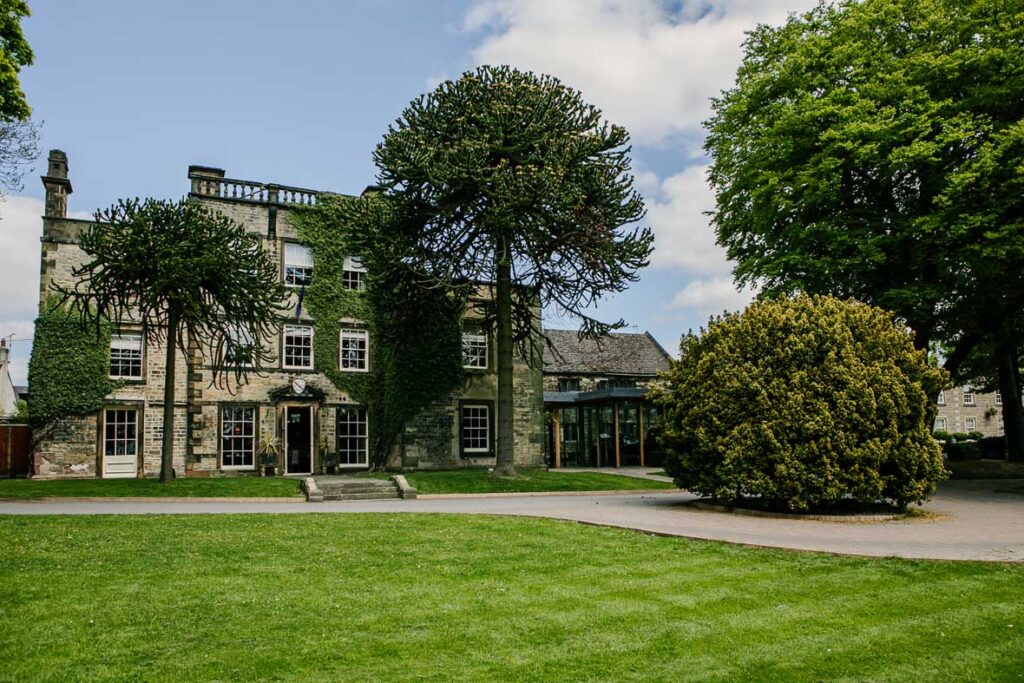
Wasing Park & Estates
Wasing’s story begins with the Knights Hospitallers, who first settled at Shalford Farm. Later, the land passed to Salisbury College, after the Dissolution, to the Forster family. Eventually, the estate caught the eye of John Mount. In 1759, he fell in love with the gentle slopes of the Kennet Valley and made Wasing his home.
Mount’s family were no ordinary landowners. From their London business, Mount and Page, they had steered ships across the globe with their maps and sea charts. Through their work, they helped guide an empire in an age of discovery.
In fact, their charts guided Captain Cook to Australia, fueled the booming trade in sugar, tea and textiles, and even illuminated the great Longitude debate, transforming navigation forever.
At Wasing, the Mounts turned their gaze from oceans to fields. However, the legacy of their charts reached far beyond the estate. Even though Wasing was scarred by fire in 1945 and rebuilt in the 1950s, it remains in the Mount family’s hands today. Now, seventh-generation custodian Joshua Dugdale continues the legacy, preserving Wasing’s remarkable heritage.
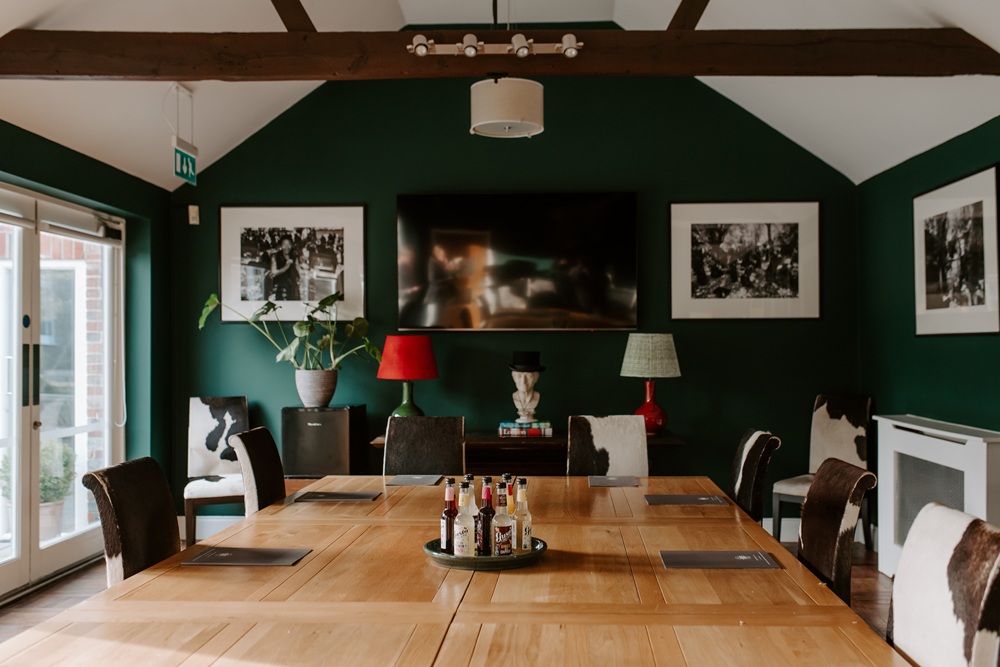

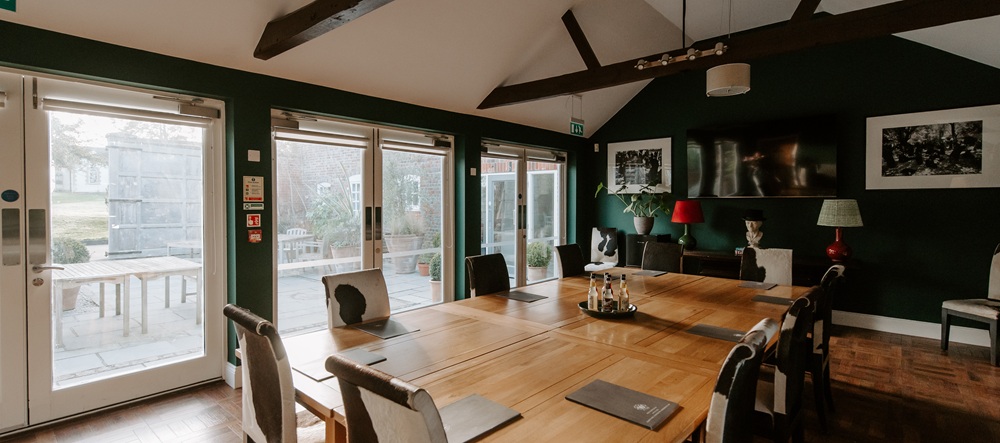
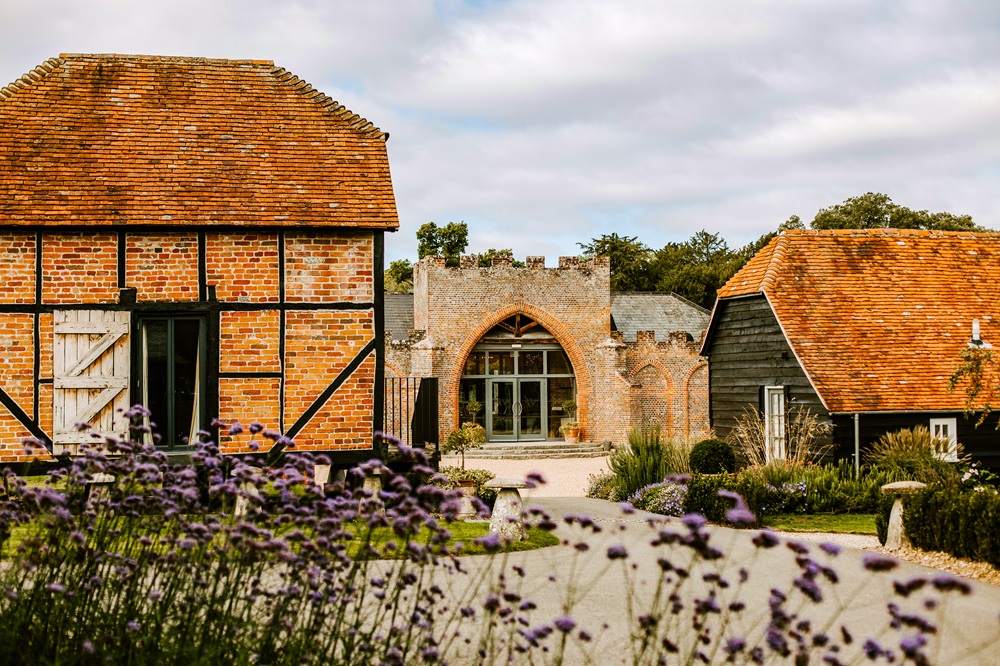
Book your next Meeting with History with Findmeaconference
![]() 01775 843410
01775 843410![]() enquires@findmeaconference.com
enquires@findmeaconference.com
